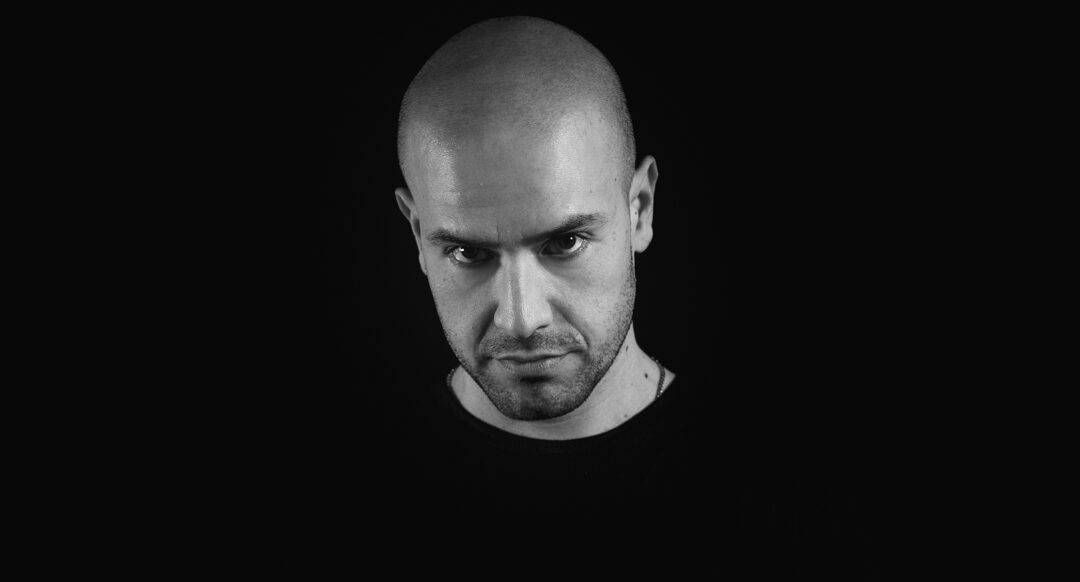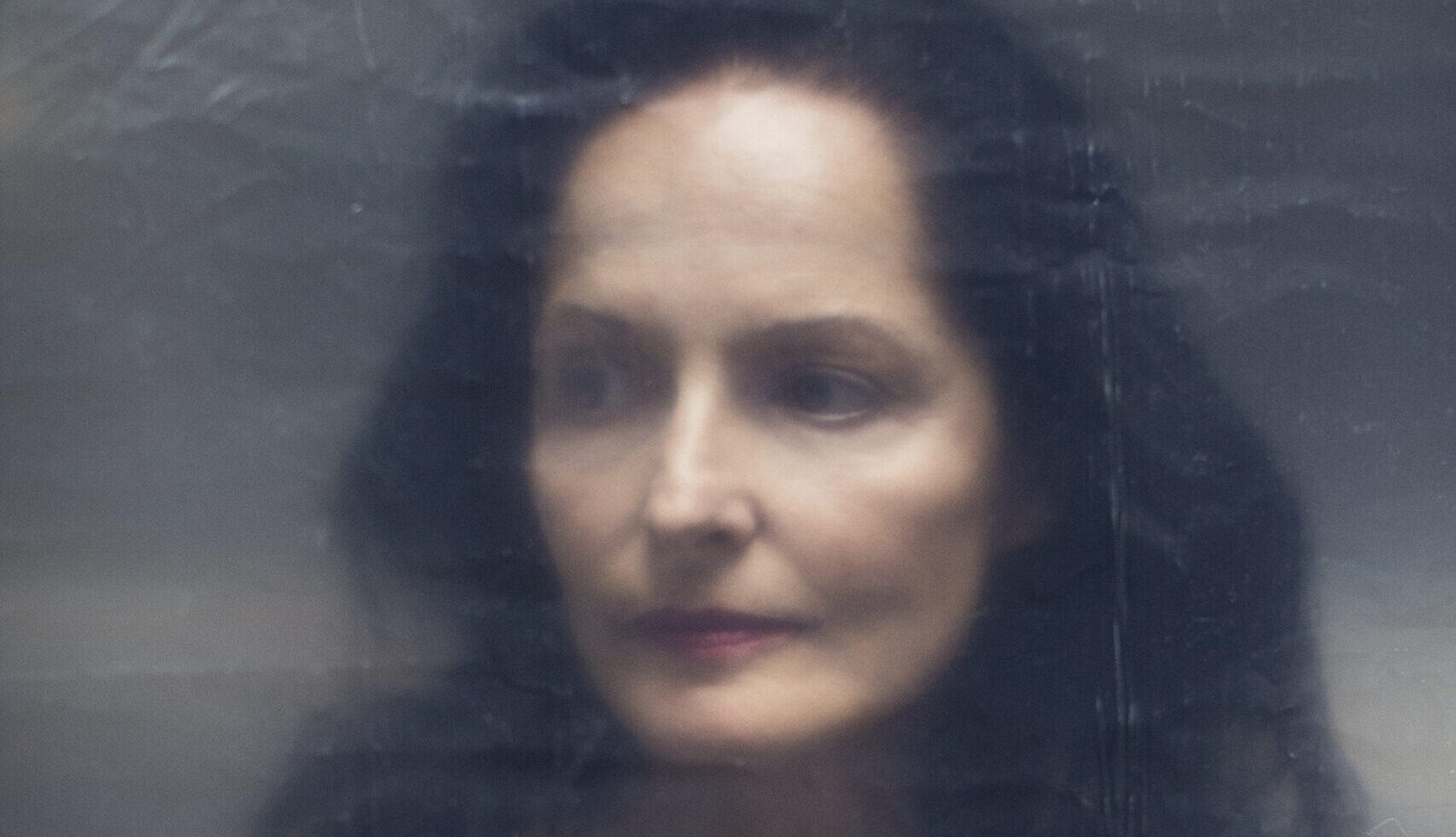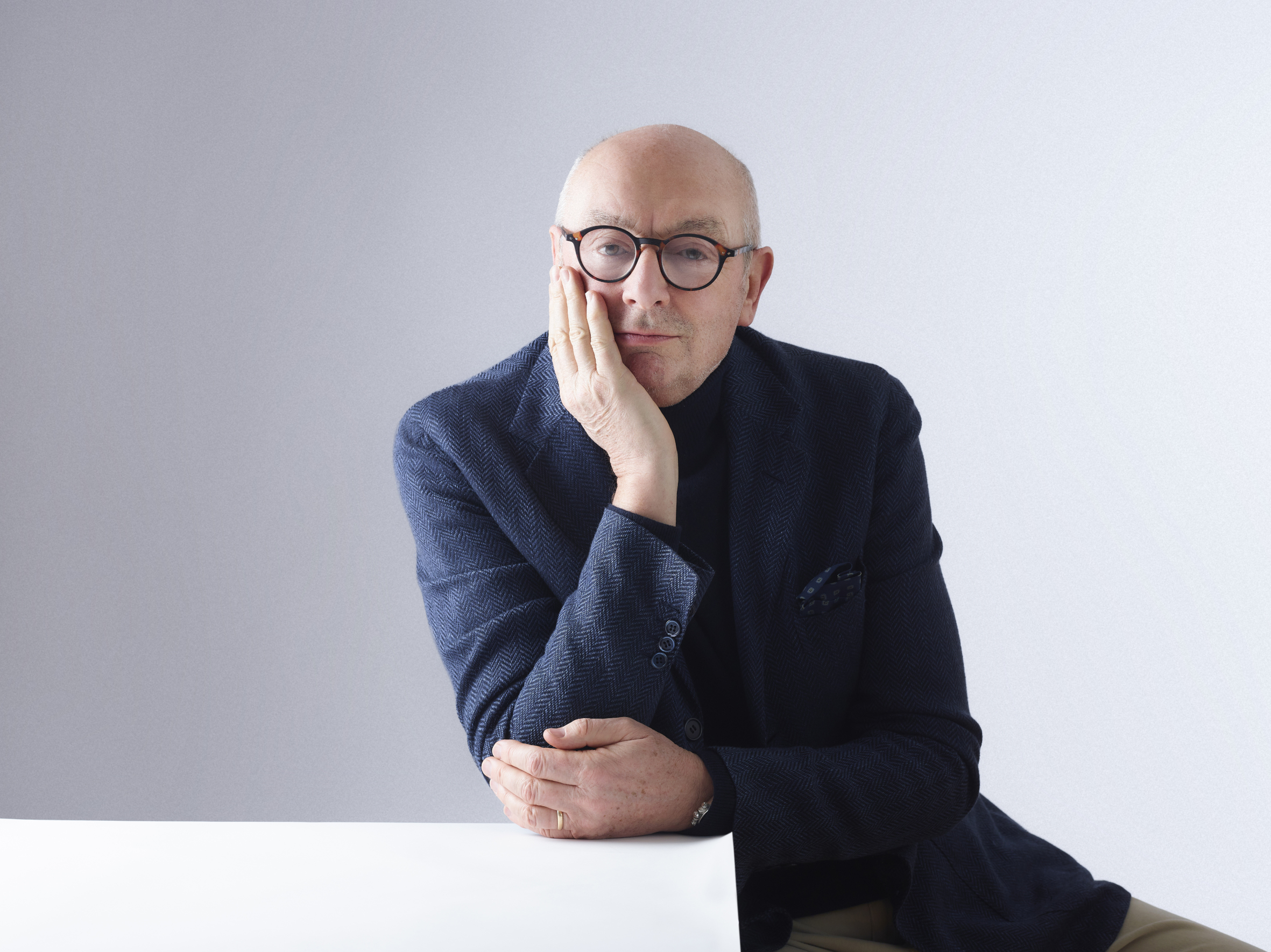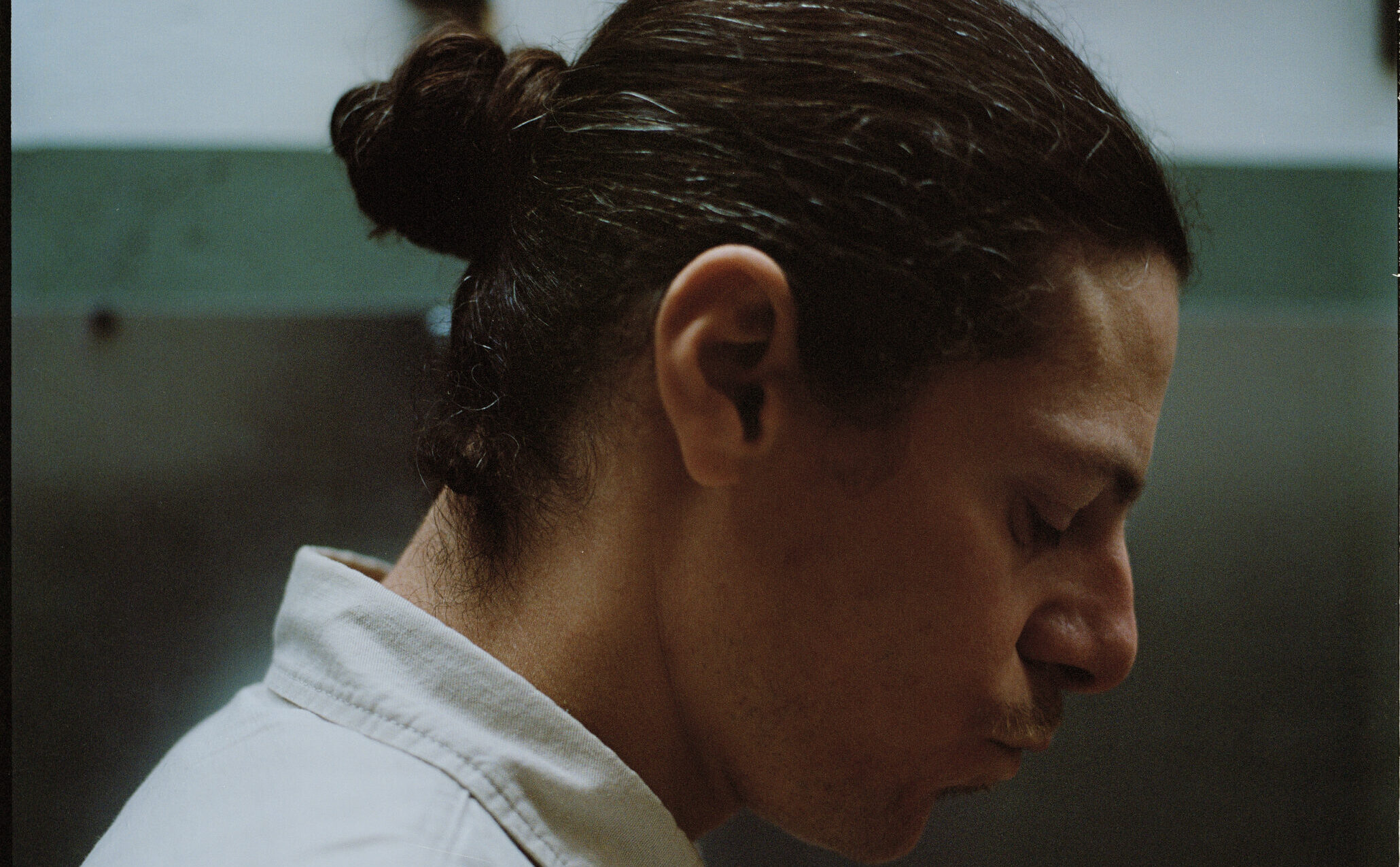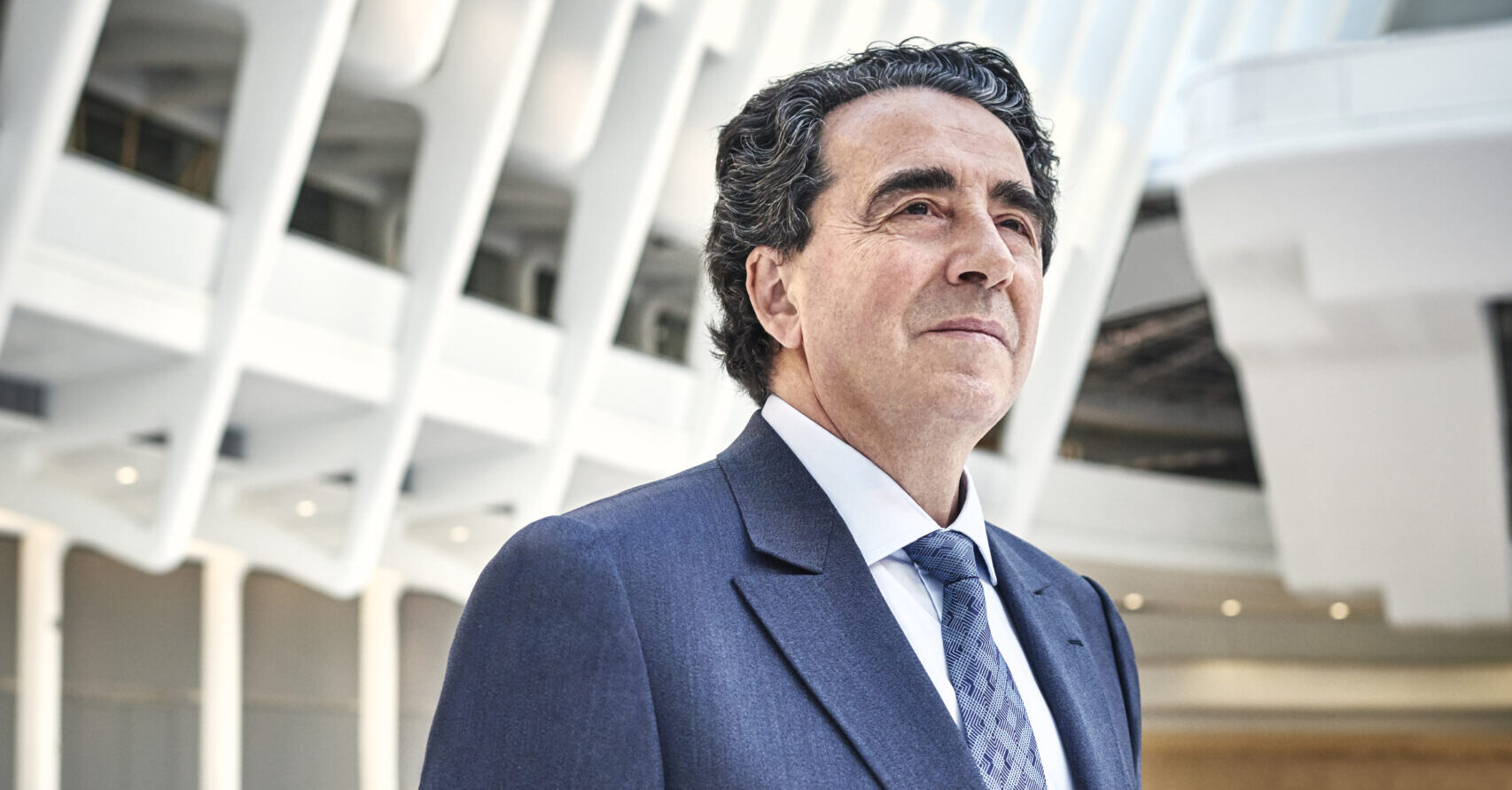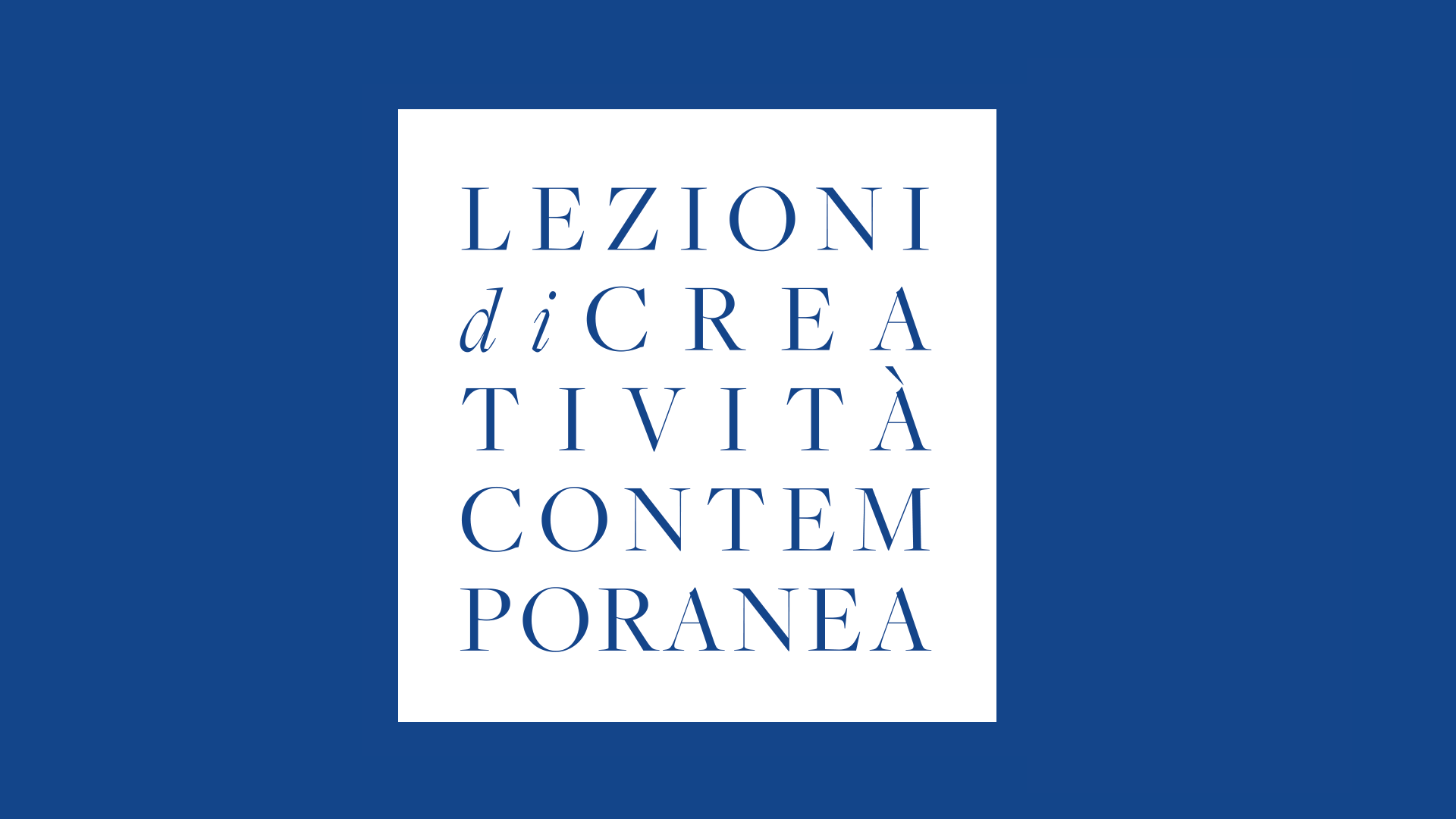
The De Sanctis Foundation is organizing in collaboration with the General Directorate for Contemporary Creativity of the Ministry of Culture and the Fondazione Musica per Roma the first edition of "Lessons in Contemporary Creativity," a series of five meetings involving distinguished personalities from the worlds of sculpture, figurative art, photography, architecture, and design, which will take place at the Teatro Studio Borgna of the Auditorium Parco della Musica Ennio Morricone.
Creativity is a universal force that permeates every sphere of art and design.
This five-appointment review will explore the role of creativity in different disciplines, presenting an international protagonist and from each field, analyzing the creative process, sources of inspiration and cultural impact of his or her works.
JAGO is an Italian sculptor born in Frosinone, Italy in 1987.
His artistic research is rooted in traditional techniques and establishes a direct relationship with the public through the use of video and social networks to share the production process.
At age 24, he was selected to participate in the 54th Venice Biennale, exhibiting the marble bust of Pope Benedict XVI (2009) that won him the Pontifical Medal.
The youthful sculpture was then reworked in 2016, taking the name Habemus Hominem and becoming one of his best-known works.
In 2019, on the occasion of ESA’s Beyond mission, JAGO became the first artist to send a marble sculpture (The First Baby) to the International Space Station.
In November 2020, he created the installation Look Down, which was placed in the Piazza del Plebiscito in Naples, then displayed in the Al Haniyah Desert in Fujairah (UAE).
On October 1, 2021, JAGO installs its Pieta in the Basilica of Santa Maria in Montesanto in Piazza del Popolo (Rome), and on March 12, 2022, it inaugurates JAGO – The Exhibition at Palazzo Bonaparte in Rome.
On May 20, 2023, the workshop in the Church of Sant’Aspreno ai Crociferi (Naples) opens to the public as Jago Museum.
In June 2024 the documentary film “Jago Into The White,” directed by Luigi Pingitore, is presented at the Tribeca Film Festival and released in theaters.
Isabel Muñoz has traveled the world with her camera portraying the feelings of human beings in their purest and most intimate state for more than forty years.
From the dignity of primitive tribes to the discomfort of prisons; from the sensuality of dance to the denunciation of oppression; from the ecstasy that overcomes lacerating pain to the pain that can no longer be overcome.
The Catalan artist has photographed almost all the feelings and emotions that inhabit the human species, including those of our ancestors, the primates, whose gestures have been part of our genes for millions of years.
Lately she has been devoting herself to the discovery of Tas Tepeler, Turkey, a new civilization that is revolutionizing the course of history.
In 2016 she was awarded the Spanish National Photography Award, while in the past she has received the World Press Photo in 1999 and 2004, the Bartolomé Ros, Unicef Spain, the Gold Medal of Merit for Fine Arts in 2009, and the Madrid Community Award, among others.
In 2018 she was invited to create two exclusive pieces for the collection of the Amigos del Prado Foundation to reflect on the artistic and historical richness of the museum.
She was recently elected a member of the Real Academia de Bellas Artes de San Fernando in the New Image Arts section.
Her works are included in the world’s most important public and private collections.
These include the Museo Nacional Centro de Arte Reina Sofía in Madrid, Foto Colectania in Barcelona, Maison Européenne de la Photographie in Paris, and the New Museum of Contemporary Art in New York.
Piero Lissoni is an architect, designer and art director and is recognized among the masters of contemporary design.
He has been developing international architecture, interior, product design and graphic design projects for more than 30 years.
Piero Lissoni is also creative director of Alpi, B&B Italia, Boffi, Living Divani, Lema, Lualdi, Porro, and Sanlorenzo.
Notable architectural and interior projects include the Dorothea Hotel in Budapest (2023), the AKA Nomad hotel in New York, Shangri – La Shougang Park in Beijing (2021) built for the 2022 Winter Olympics, The Ritz-Carlton Residences in Miami Beach (2020), Grand Park Hotel in Rovinj, Croatia (2019), the restyling of the historic Camparino restaurant in Galleria in Milan (2019), The Middle House of the Swire Hotel group in Shanghai (2018), the residential projects One Paraiso and Grand Paraiso in Miami (2018), The Oberoi Al Zorah Beach Resort Ajman in the United Arab Emirates (2017), the interiors of a series of yachts for Sanlorenzo, Conservatorium Hotel in Amsterdam (2012), the renovation of the historic Teatro Nazionale in Milan (2009), as well as the headquarters of companies such as Boffi, Glas Italia, Fantini, Living Divani, and Sanlorenzo’s shipyards in La Spezia and Ameglia.
Piero Lissoni has received numerous awards including the Compasso d’Oro alla Carriera, two Compasso d’Oro ADI awards, the Good Design Award, and the Red Dot Award.
Edoardo Tresoldi (Milan, 1987) creates large-scale public art works that explore the relationship between bodies, architecture and landscape.
His anti-monuments evoke real, vanished or possible presences that traverse material and immaterial memories, and the rituals of the communities with which they interact.
Beginning with the intervention on the Basilica of Siponto (2016), his work has often confronted archaeology and the landscape of ruins, juxtaposing philological research with sculptural practice and interest in the concept of “absent matter.”
The result of a dense preparatory process, of knowledge of sites and their history (archives, oral histories, documentary traces), Tresoldi ‘s interventions transform places and landscapes, emphasizing their relational, immersive and meditative components. Tresoldi collaborates with other artists and figures from different fields and disciplines, with whom he enters into dialogue to imagine his works and to hypothesize new practices of research and conservation of cultural and landscape heritage.
His works oppose the rigid canon of the monument, activating new forms of sharing and exchange, between territories, communities and forms of knowledge.
Several works, such as Etherea (Coachella, 2018) and Locus (Derive, 2017), are conceived within contemporary contexts of aggregation, bearing the trace of other symbolic places of collective life, such as the theater, the basilica, the square.
Moreover, the transparency of the structures invites reflection on the fluidity of interactions between interior and exterior, between natural and cultural landscape (Symbiosis, 2019; Opera, 2020).
Continuously redefining their relationship with time and the environment, Tresoldi’s works thus undergo a continuous metamorphosis: an organic development in which bodies and spaces are continuously reconfigured to create an open and processual public work.
Santiago Calatrava – Architect, Artist and Engineer – was born in 1951 in Valencia, Spain.
He received a bachelor’s degree in architecture from the Escuela Técnica Superior de Arquitectura in Valencia, and in 1975 he enrolled at the ETH (Swiss Federal Institute of Technology) in Zurich, earning his doctorate in 1981 with the thesis, “On the bendability of spatial structures.”
That same year he opened his first office in Zurich and began receiving small engineering assignments.
He also began participating in competitions, with his first winning proposal in 1983 for the design and construction of the Stadelhofen Railway Station in Zurich, and in 1984 he designed the Bach de Roda Bridge in Barcelona.
In 1991, he won a competition in Valencia for a major cultural complex and urban intervention-the City of Arts and Sciences, to date the most visited cultural complex in Spain.
In 2004, after working on the expansion of the Milwaukee Museum of Art in 1994, he opened an office in New York City and before that one in Paris.
His U.S. projects include the Sundial Bridge in Redding, California, bridges over the Trinity River in Dallas, Texas, and the World Trade Center’s St. Nicholas Greek Orthodox Church and Transportation Hub in New York City.
In 2016, following the commissioning of major projects in the United Arab Emirates-the Dubai Creek Tower and the UAE Pavilion for the Dubai 2020 Expo-he opened an office in Dubai, headed by his son Micael Calatrava, trained as an engineer and current CEO.
Since 2000, Santiago Calatrava has worked in Argentina, Belgium, Spain, the U.S., Greece, the Netherlands, England, Israel, Switzerland, Brazil, and Norway, and, currently, his projects in Belgium, the United Arab Emirates, Qatar, China, the U.S., and Italy are under design or construction.
Calatrava is a permanent guest lecturer at universities such as ETH Zurich and Yale University, and throughout his career, he has received more than 20 honorary degrees (Doctor Honoris Causa) from many of the world’s most prestigious universities and numerous awards and honors from renowned institutions and organizations, such as the UIA Auguste Perret Prize in 1987 and the AIA National Medal (2012).
He was named “Global Leader for Tomorrow” by the World Economic Forum in 1993 and was named as one of the 100 most influential people by Time magazine in 2005.


